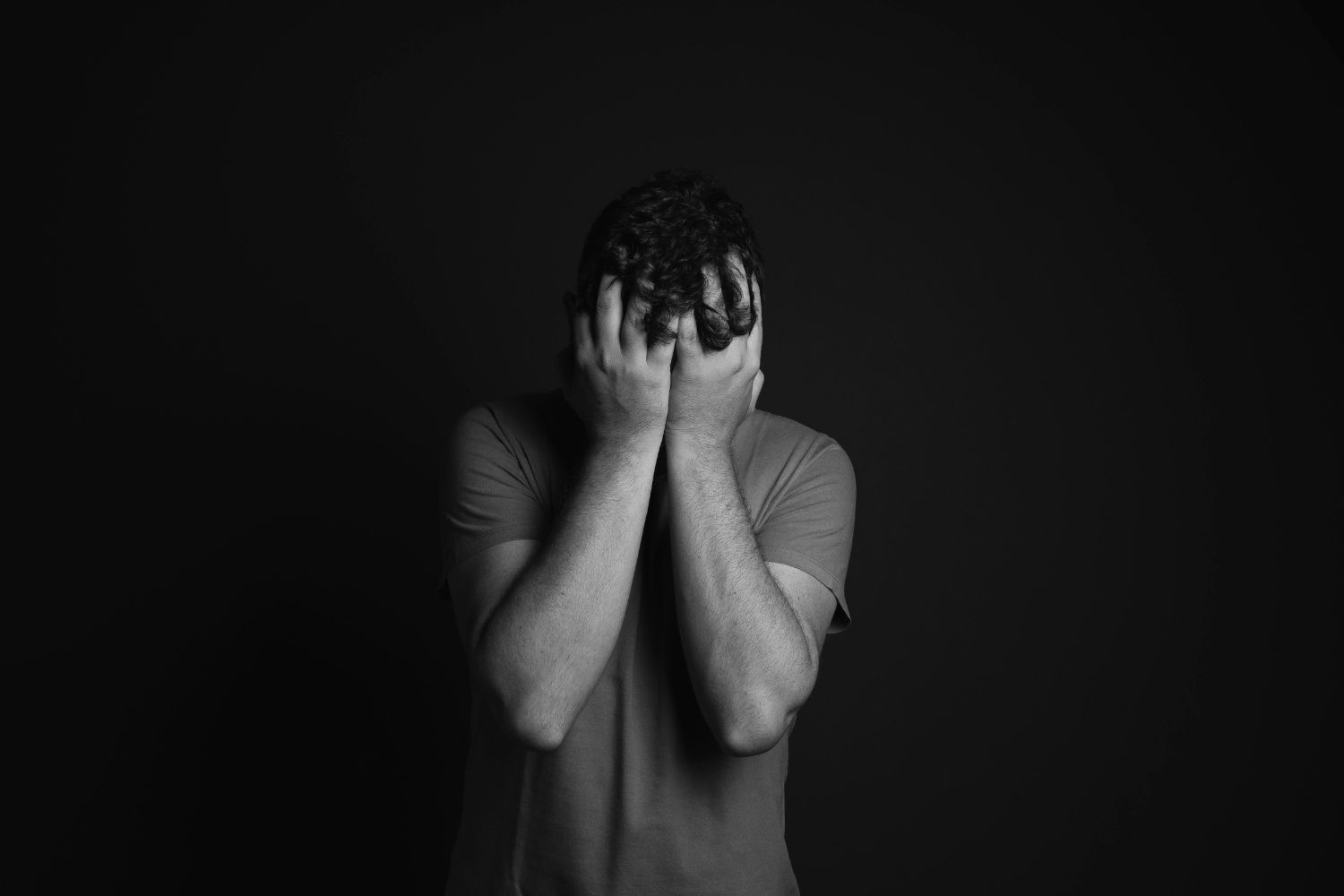Latinx Students Reported Higher Depression and Anxiety Symptoms Than Other Students During the Pandemic

Photo by Daniel Reche for Pexels
Latinx Students 1.5 to 2 Times More Likely to Present With a Risk for Both Depression and Anxiety
Latinx children in the US experienced higher rates of depression and anxiety during the Covid-19 pandemic, a new study shows, as experts state the “pressing need” to examine the long-term impact.
Findings, published today in the peer-reviewed Journal of Clinical Child & Adolescent Psychology, follow the examination of early adolescent school data from the first two years of the pandemic, compared to pre-pandemic levels.
The results show Latinx students were 1.5 to 2 times more likely to present with risk for both depression and anxiety during every academic year cohort assessed.
The highest maladjustment was found among Latinx girls and gender non-conforming/binary students.
Clinical Psychology Professor Antonio Polo, from DePaul’s College of Science and Health, was the lead author of the four-year-long study.
Commenting on the findings he says: “Uncertainty remains as society takes inventory of the effects of drastic lifestyle changes, and of the pronounced mental health difficulties experienced by children and adults. In the U.S., Latinx youth and families have been disproportionately affected.
“These results highlight that practical and efficacious programs are needed to address the needs of adolescents in school settings, and this is a critical time to implement them widely.
“And, in particular, the findings about non-binary students point to a need to make school environments more inclusive and welcoming of youth across the gender identity spectrum so that these students have a place to turn to rather than feel isolated or alienated.”
This study’s sample was comprised of 1,220 elementary and middle school students from 59 Chicago Public Schools (CPS), identified by school staff and referred for services.
Polo and his colleagues at DePaul trained school social workers, school psychologists, and school counselors who helped these students receive an evidence-based coping skills program to address their mental health needs.
CPS is the fourth largest school district in the U.S., enrolling over 320,000 students. Most CPS students are economically disadvantaged (72.7%), and from Latinx (46.5%), African American (35.8%), European American (11.0%), and Asian American (4.4%) backgrounds (Chicago Public Schools [CPS], 2022).
The students who took part in the study were evaluated using the Children’s Depression Inventory and the Revised Child Anxiety and Depression Scale to assess their symptoms and risk levels for depression, social anxiety, and generalized anxiety.
The team’s findings confirm prior studies that have established that Latinx youth report higher depression and anxiety symptoms than their peers. Polo notes that this type of anxiety changed from year one and two of the pandemic.
“There was greater generalized anxiety in the first year of the pandemic and greater social anxiety in the second year of the pandemic.
“This makes sense because during the first year of the pandemic children were at home. They had fears about Covid-19 and the health and safety of their parents and grandparents.
“There was also financial insecurity. During the second year, students returned to the classroom. Returning to in-person instruction and interacting with teachers and fellow students was difficult for many of the students and accounts for the transition to greater risk from generalized anxiety to social anxiety.”
The researchers said that it was not surprising that internalizing problems are increasing for Latinx youth and for youth, in general.
They noted that “families were in isolation and withdrawn from others for prolonged periods. The children received instruction via video conferencing for over one year. They did not have the opportunities for natural and less restrictive socialization. Additionally, mental health services were severely disrupted and often unavailable to Latinx youth, especially those from uninsured and of low-income backgrounds”.
Also playing a role, the researchers noted, was the multiple stressors that Latinx children and families of underrepresented backgrounds endured both during, and before the pandemic began. These included hostile and discriminatory immigration policies in the United States, racially motivated mass shootings, anti-Asian American discrimination, and the murders of George Floyd and others by the police.
Polo and his colleagues shared concerns about expectations of a quick turnaround of the high rates of depression and anxiety in students.
They wrote “the latest data from the state of Illinois reveal lower teacher retention, high and chronic student absenteeism, and significant achievement drops in math, English, and other subjects which, among Latinx students, are closely connected to depression.
“Rates of both anxiety and depression among children and adolescents were already on the rise during the decade before the pandemic suggesting that addressing these problems is of utmost importance.”
Polo and his colleagues at DePaul are trying to help. Since 2017, they have partnered with Chicago Public Schools Office for Social and Emotional Learning to provide training and support to school mental health providers through Act & Adapt, a video-guided group program designed to prevent and treat depression among early adolescents. Act & Adapt was designed and tailored to serve youth of diverse backgrounds within a school context. And with support from CPS and the Annie E. Casey Foundation, DePaul is evaluating and expanding the use of use of this program.